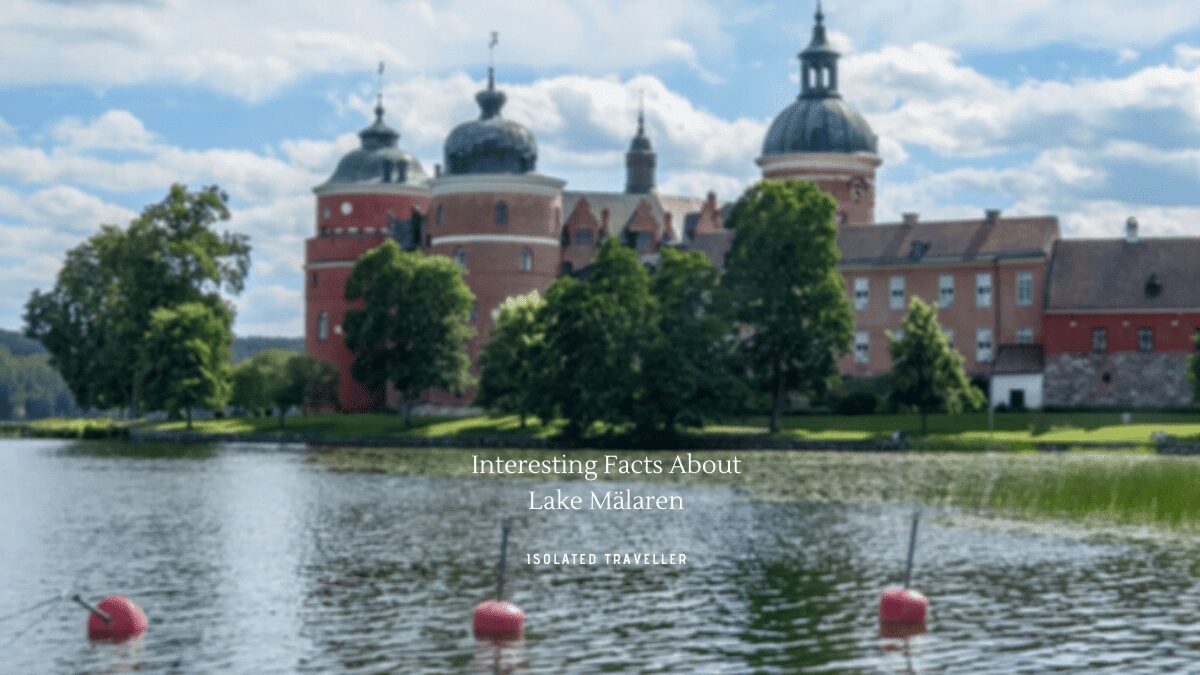Facts About Lake Mälaren
-
The etymological origin of the name Mälaren stems from the Old Norse word mælir appearing in historical records in the 1320s and meaning gravel. The lake was previously known as Lǫgrinn, which is Old Norse for “The Lake”.
-
The two largest islands in Mälaren are Selaön and Svartsjölandet.
-
The lake drains, from southwest to northeast, into the Baltic Sea through Södertälje Kanal, Hammarbyslussen, Karl Johanslussen, and Norrström.
-
Lake Mälaren is the third largest lake in Sweden after Lakes Vänern and Vättern.
-
The lake was previously known as Løgrinn.
-
The Viking Age settlements Birka on the island of Björkö and Hovgården on the neighboring island Adelsö have been a UNESCO World Heritage Site since 1993, as has Drottningholm Palace on the island of Lovön. The barrow of Björn Ironside is on the island of Munsö, within the lake.
-
Lake Mälaren has more than 1,200 islands.
-
Lake Mälaren has an area of 1,140 km2 and its greatest depth is 64 m. Mälaren spans 120 kilometers from east to west.
-
The Zebra mussel is considered an invasive species and is causing some problems in Lake Mälaren.
-
The area around the lake hosted the cycling events at the 1912 Summer Olympics.


